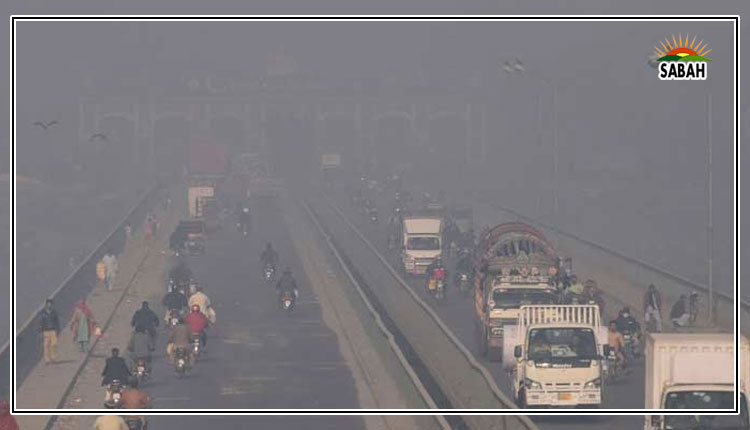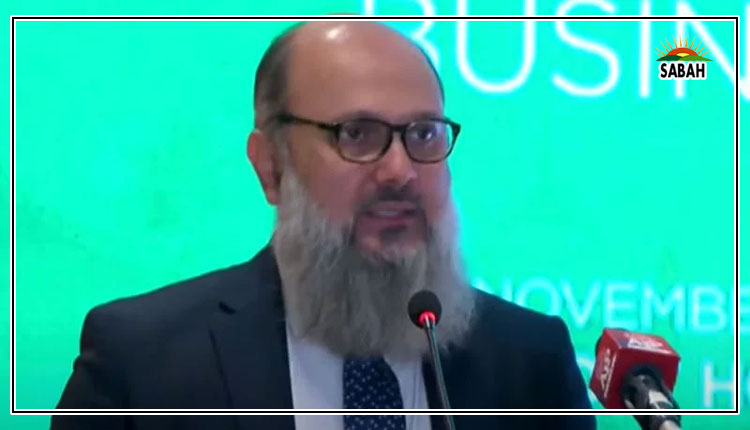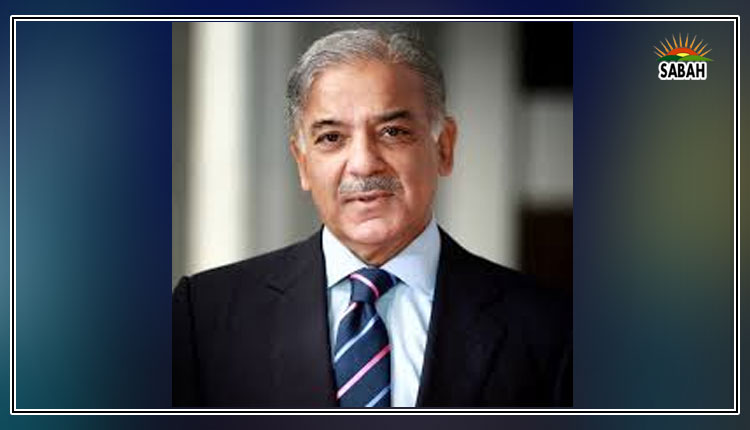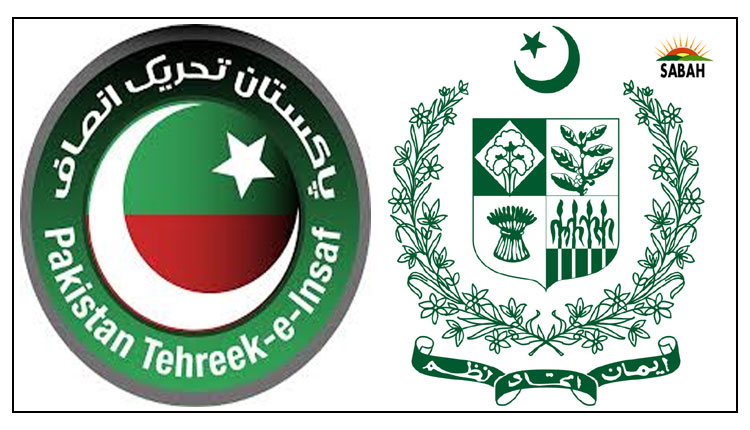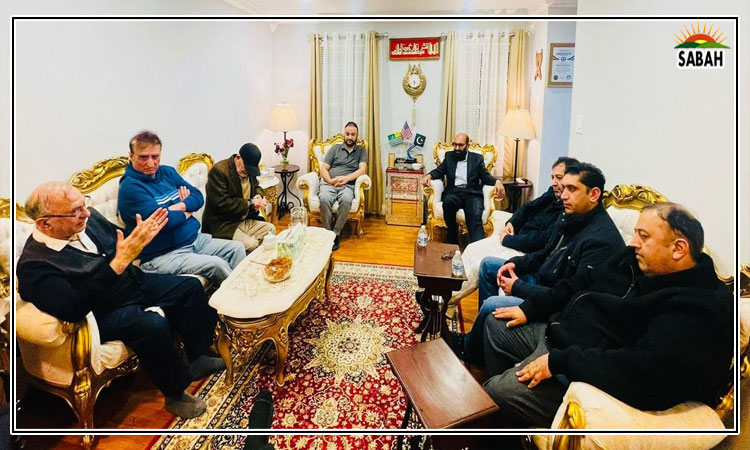Pakistan’s ‘plan B’ to tackle TTP… Kamran Yousaf
Last week, a high-powered Pakistani delegation led by Defense Minister Khawja Asif visited Kabul. The delegation also included ISI Director General Lt-Gen Nadeem Anjum, the foreign secretary and the special envoy on Afghanistan.
This was the first high-level visit from Pakistan to Afghanistan since the spike in terrorist attacks in the country and the change of army leadership. There was one clear difference, even if it was just for optics, that there was a civilian government representation in the delegation. It was not the template followed during the PTI government or at least when Gen Qamar Javed Bajwa was at the helm. At that time most of the policymaking and execution was being done by the security establishment. This was even confirmed by Khawja Asif in his fiery speech at the National Assembly. The senior PML-N leader castigated both Gen Bajwa and former ISI chief Lt-Gen Faiz Hameed about how their flawed policy allowed TTP to stage a comeback. Asif referred to one of the closed door briefings given to the parliament by Gen Bajwa and Gen Faiz who disclosed their plan to bring back TTP fighters under the deal being negotiated. He said the policy only brought negative results as TTP mounted major terrorist attacks after that. He sought explanation from both to come and justify their decisions.
Against this backdrop, the visit of the Pakistani delegation was important. What transpired during the visit, as per official sources, was that Pakistan took a far clearer stance. The Afghan Taliban were confronted with hard evidence about the presence of TTP and shared the precise location of its leadership. The Afghan authorities gave a briefing to the Pakistani side. They listed actions they took against certain groups of the TTP and their future strategy. One of the plans given by the Afghan Taliban to control the TTP includes disarming the terrorist outfit and their relocation from the border areas. However, the Afghan Taliban wanted Pakistan to bear the cost of that plan.
It is believed that the Afghan authorities made a similar offer to China, which is also concerned over the presence of East Turkestan Islamic Movement (ETIM). But the problem of TTP is far more challenging and complex given the fact that the number of ETIM fighters is around 300 while anti-Pakistani terrorists range between 8,000 and 12,000. The number goes up to 30,000 if TTP family members are included.
What we know so far is that Pakistan found some of the proposals unsatisfactory. There is skepticism that the Afghan Taliban may be using the new plan to deflect pressure. It is clear that unlike the past, Pakistan has given a clear message to the Afghan Taliban. Previously, the Afghan Taliban convinced Pakistan to enter into negotiations with the TTP when they were pressed to take action against the terrorist group. But Pakistan is no longer seeking talks with the TTP and has been telling the Afghan Taliban to take tangible steps. Therefore, it appears that the Afghan Taliban came up with this new idea of disarming the TTP and their sanctuaries, with Pakistan bearing the cost.
The Pakistani delegation, on return from Kabul, was hopeful that the Afghan Taliban would do something about the TTP. But they are not complacent either. While there is a push to seek the resolution of the TTP issues through appropriate channels, Pakistan is also working on a contingency plan. The sense is that Pakistan is preparing for the worst. In case the Afghan Taliban fail to address our concerns, there is a possibility of cross-border strikes targeting the TTP sanctuaries. Pakistan did carry out such strikes once in April last to put pressure on the Afghan Taliban, though it never publicly owned those raids. This may be the policy going forward targeting the TTP hideouts across the border without publicly acknowledging it.
Courtesy The Express Tribune


